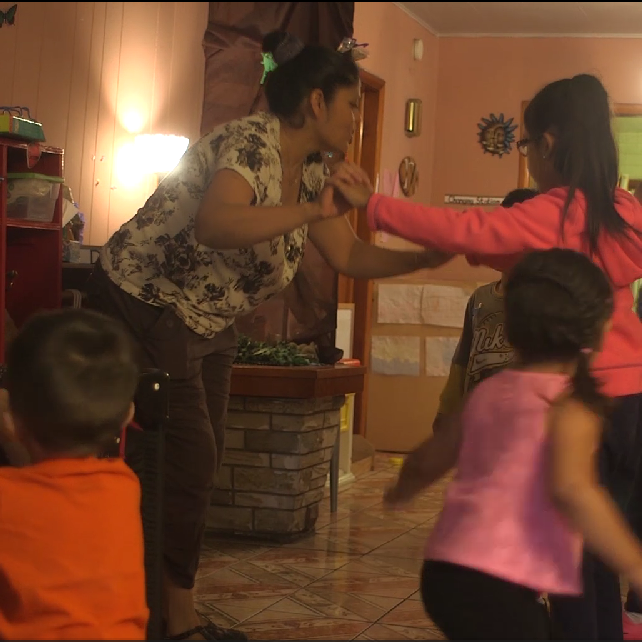One of the joys of family child care is the length of time providers can spend with the children in their care, and the growth that happens in those years. This also means that providers need to remain adaptable, and ready to change their program alongside the children. Communicating with families at enrollment and checking in regularly about when and how long children are sleeping, how often they’re eating, and their state when they get home (overtired? awake until 11?) can help inform routines as children grow.
Of course, in mixed age groups, it’s very likely that there will be children who have seemingly conflicting needs at the same time. How can one provider offer an active preschooler adequate time outdoors, while also feeding infants as they get hungry, and attend to toileting and diapering needs as the pop up?
There are three things to keep in mind to balance it all (most days!):
- Preparation: Communicating with families about young children’s needs, as well as using the provider’s own observations, should inform the construction of the routine. Not only should each child be considered as an individual, but the group as a whole serves as another perspective to consider. Every time the group composition changes, there’s a good chance some part of the routine will as well.
- Equipment: Ideally, there should be spaces indoors and out for both active and quiet play; resting; and eating. Of course, space can be at a premium in any child care setting, so adaptability is key. Can a waterproof box with diapers, wipes, diaper table paper, soap and paper towels live near your garden hose?
- Flexibility: don’t let the clock stress you out– it’s a reference point, not your boss. If the children are contentedly playing, don’t let the clock tell you or them that it’s time to stop! Conversely, if some are clearly tired and hungry, feel free to move lunch and rest time accordingly. While many states have regulations that require infants to be fed and given naps on a highly individualized schedule, it’s okay to let a tired child rest or a hungry child have a cup of milk or other snack outside of scheduled meal times.
For Reflection:
What times of day are the most challenging to meet everyone’s needs?
What would support you in partnering with families around children’s need for routine?

